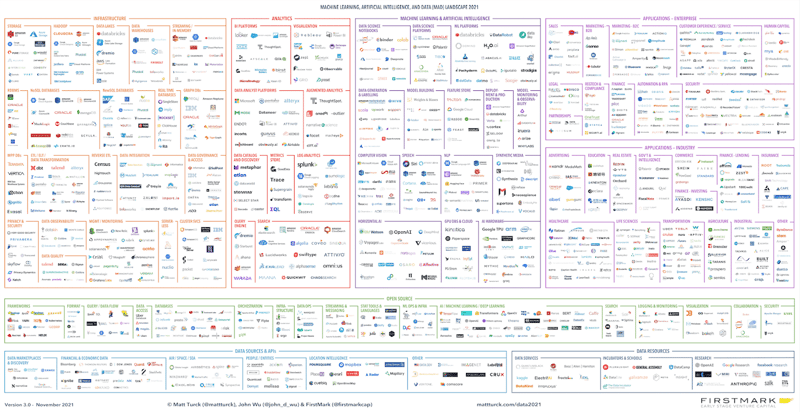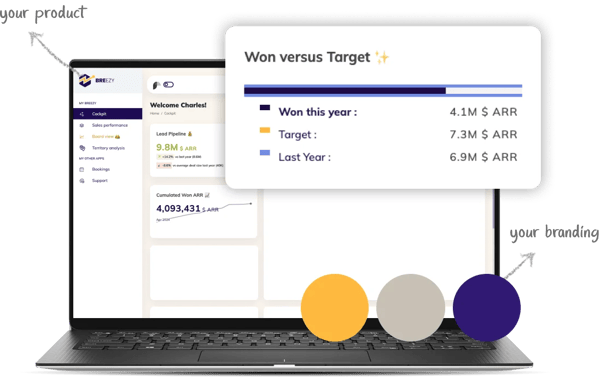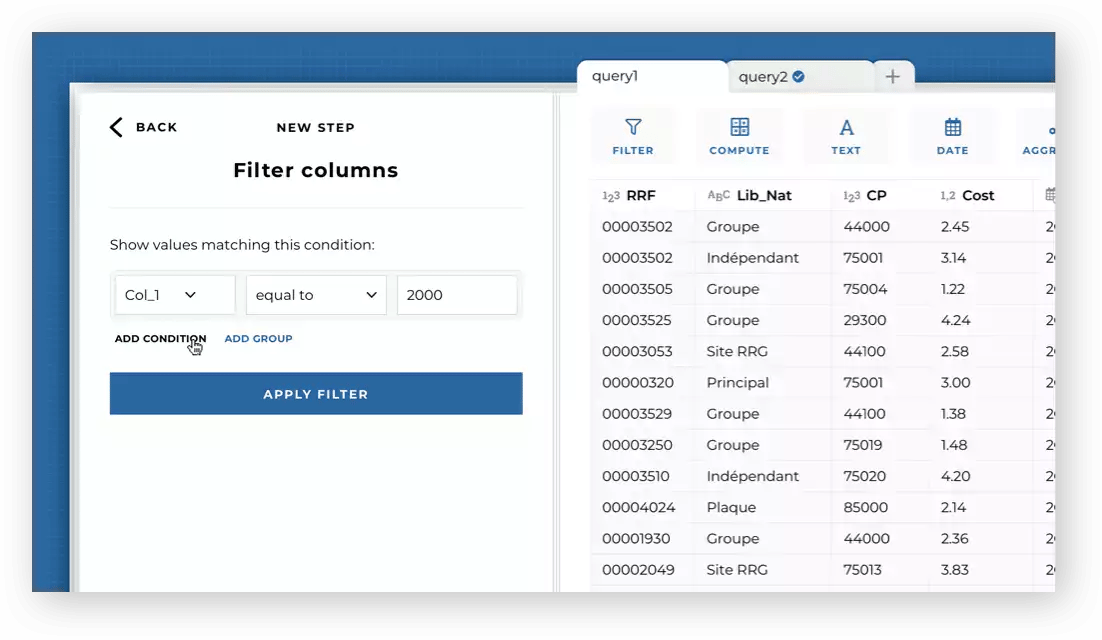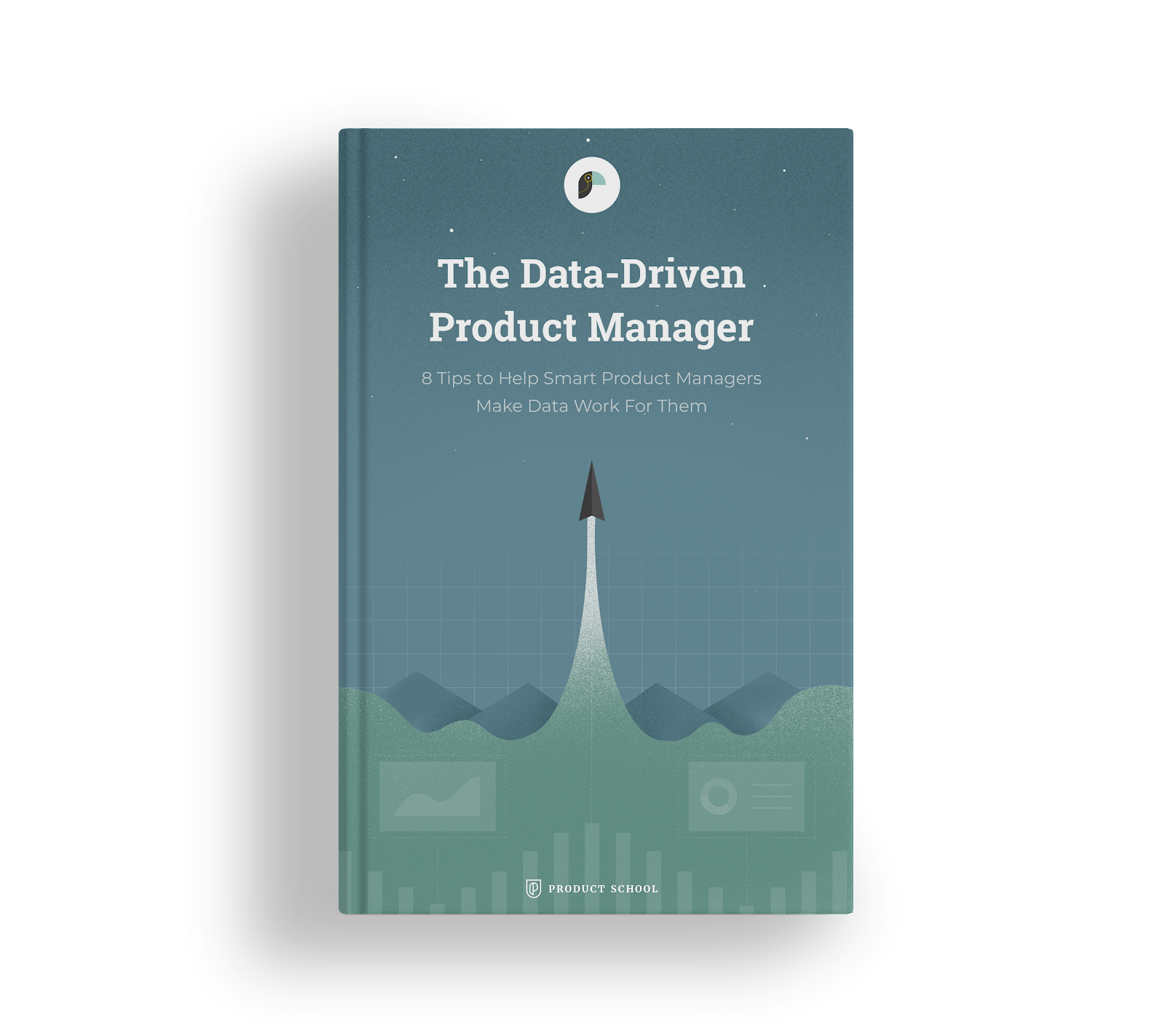Data visualizations and interactive reports, which set applications apart five years ago, are now considered the bare minimum. Even once-modern capabilities such as embedded analytics architecture have become commonplace.
Analytics platforms now leverage capabilities including real-time processing, data storytelling, adaptive security, and advanced data warehouse integration. These features enable business intelligence solutions that extend beyond dashboards and reporting tools. Through multi-tenant architectures and machine learning capabilities, analytics software delivers actionable insights for strategic decision making. From now on, your Saas solution can easily drive revenue and differentiate your products from your competitors.
With embedded analytics becoming increasingly complex, deploying and scaling them becomes increasingly challenging. When developing, implementing, and deploying analytics into an application, what considerations should be taken? In this article, we elaborate on the important considerations for your environment architecture, application design, and deployment of embedded analytics, as well as how to simplify the deployment and scalability of your embedded analytics.
Assessing Integration Feasibility
01. Evaluating Your Data Stack
Your data architecture foundation for embedded analytics requires precise assessment of integration capabilities. The successful software development process starts by analyzing how your chosen analytics platform connects with your existing data model and technology infrastructure.
You'll need to evaluate compatibility with your data sources, databases, APIs, and programming languages. Make sure that you consider the ease of integration and the availability of resources and documentation provided by the platform vendor before choosing a platform. As long as your integration capabilities are robust, you will be able to ensure a smooth data flow while also ensuring compatibility with your existing infrastructure.

A powerful data warehouse architecture ensures smooth data flow through:
- Host application integration capabilities
- Application server performance
- Frontend and backend compatibility
- Authentication mechanisms
Toucan's embedded analytics tool connect with your existing data stack through 50+ built-in connectors, letting you establish data source connections in minutes. Our comprehensive documentation helps both your technical and business teams understand the architectural components and implementation requirements. This approach delivers seamless integration while maintaining robust security and performance standards across your analytics architecture.
02. Software Assessment
Analyze your user interface experience to determine how your business applications perform from your users' views. This assessment helps you identify gaps in your existing software that embedded analytics can address. Here are some common limitations that can be overcome by adding embedded analytics to your product.
- New product offerings. With embedded analytics tools, you can enhance your existing products without developing analytics features from scratch. This approach lets you provide advanced data analytics capabilities as a premium feature, improving your consumer experience. Your software as a service solution gains competitive advantages through intuitive analytics integration.
- Inferior reporting tools. To improve basic reporting features in software packages, consider implementing embedded reporting solutions. For example, if your ERP reporting lacks depth, you can embed custom reports or integrate a comprehensive analytics solution to deliver high-quality data exploration capabilities. Your business intelligence tools become more powerful, offering real-time insights.
- Process gaps. Analyzing how analytics and embedded dashboards can improve common business decisions is also helpful. Managers may, for instance, want to verify that the cost of an upsell for a customer is in line with the cost for other users of the product before approving it. Embedded analytics increases transparency and helps all users make data-driven decisions through visual assets.
03. Determining the Need
Need to integrate analytics into your existing workflows? Start by assessing the specific needs and requirements of your organization.
- Analyze the type of data you work with. Consider the types of analytical queries you need to process, from structured to unstructured data. Your data model must support both current operations and future scalability through cloud data integration.
- Define your audience needs, whether they're internal developers, business users, or external clients. Your embedded analytics architecture should accommodate various user roles while maintaining appropriate row level security. Consider how different stakeholders will analyze data.
- Identify the specific goals you wish to achieve with the platform, such as improving operational efficiency, enhancing customer insights, or improving decision-making processes. Using this assessment, you will be able to align the features and capabilities of the platform with the business objectives that are unique to your company.
Through Toucan's platform, you gain a modern embedded solution that adapts to these requirements while enabling seamless integration with your existing systems. Our multi-tenant architecture ensures secure and efficient data handling for all your stakeholders.
how to choose the Right Embedded Analytics Solution
01. Researching Available Solutions
Selecting the right embedded analytics platform requires thorough market evaluation. Your choice impacts how effectively you can integrate analytics into your products and services. Different solutions offer varying levels of analytical query capabilities and data analysis features. This article provides a comparison of leading embedded analytics providers including pros and cons. Additionally, learn how different chart types offered by these solutions can be effectively used in your analytics.

Each embedded analytics architecture offers distinct advantages. Consider how each platform's components align with your requirements, but also meet the long-term needs of your organization.
Your evaluation criteria might differ depending on your use case: For example, you may require embedded analytics for users outside of your organization – such as your customers or partners – to be fully integrated into your own marketed product, or perhaps you require embedded analytics for your own business team. To help you with this process Toucan has compiled an evaluation criteria checklist.
02. Evaluating Integration Considerations
Performance and scalability are crucial considerations when selecting an embedded analytics platform, particularly for new products where you do not know how many users will ultimately use the service. Analyze the platform's ability to handle large volumes of data and support a growing number of users without requiring a similarly large investment in resources. Take into account factors such as response time, query performance, and data processing capabilities. You should choose a platform that can scale with your business needs and deliver fast and reliable analytics performance as your data and user base grow.
Additionally, it is important to examine how well the embedded analytics solution integrates with your existing databases and data stack. Toucan was made to be integrated with multiple databases and compile data from various sources without altering the data that is already stored. This ensures your analytics runs smoothly and your data remains organized just the way you need it to be.
Integration and Customization
01. Integration Process
You can deploy Toucan’s analytics solution in your organization’s app by following these simple steps. Thse steps would remain unchanged for most embedded analytics solutions. The only thing that could change is the simplicity of this step.
Step 1: Selecting the data sources
The first step involves connecting data sources. After successfully logging into Toucan with an SSO authentication, click datastore and select the databases or files you want to connect to.
You can select the desired data sources from the available 100+ data sources integrations or simply add Excel files. Authorize the data source by providing the proper credentials.
Step 2: Creating a dashboard
The second step focuses on analytics creation. After successfully creating the data source, you can build a dashboard by clicking add story and choosing the data you want to manipulate. With the dataset chosen, select the type of chart you want, the units of measurement and voila, you have made your first chart.
To ensure your analytics leads to actionable insights and data-driven decisions, add descriptions, tips, alerts, glossy teams and color code the data.
Step 3: Embed analytics in your application
The final step involves the actual embedding analytics into your business application or existing product.
Using our Toucan, you can embed your dashboards in any application. The best part is that Toucan has the build once deploy anywhere feature that ensures no matter what device the embedded analytics is viewed on it will show up with no loss in context.
02. Data Preparation
For any analytic project to be successful, organizations must have their data available for analysis. With data preparation capabilities, you are able to connect and extract data from multiple sources while providing easy access to the results so that end users can consume accurate information. Embedded analytics typically use this capability to ensure their customers have accurate, clean data with which to work.

Toucan goes one step further. Toucan allows you to manipulate datasets in the solution without altering the data stored in the various databases. These new datasets and be repeated uses for multiple charts and graphs making the data preparation process extremely easy for users of all technical levels.
03. Customization Options
Customization is one of the most important capabilities of embedded analytics. In order to meet the needs of the clients, embedded analytics software should offer customization options. Customization can be categorized into three broad categories.
- The concept of white-labeling refers to integrating embedded analytical applications into your own platform. It is a small task, but it makes a great difference to the customer because they think they are buying one product. There is only one sign-on and it has the same look and feel as your existing product, this makes a big difference in the mind of the customer. The benefit of this is also that there is no confusion in the marketplace, as customers know exactly what they are purchasing.
- The second type of customization is grey labeling. In essence, it is white labeling, but it clearly shows the company that is powering your embedded solution. As an example, it might say "Powered by Toucan".
- The third option is not to integrate at all. There is an analytics application that sits next to the product and has the look and feel of the embedded analytics vendor, but only uses the data from your product. In spite of the fact that this might be the easier path, you may end up creating confusion within your customer base and complicating the sales process.
Common questions about embedded analytics architecture
What is embedded analytics architecture?
Your embedded analytics architecture forms the backbone of how data insights integrate into your applications. When building embedded analytics applications, you need a robust framework that ensures seamless data flow while maintaining security and performance. Toucan's architecture components create a foundation where your business data transforms into actionable insights through a sophisticated semantic layer.
How to choose the right architecture for specific needs?
When building embedded analytics applications, your architecture choice impacts scalability, performance, and security. Each approach offers distinct advantages:
- Cloud-based deployments leverage multi-tenant architectures to optimize resource utilization. This architectural component enables multiple enterprise clients to share computing infrastructure while maintaining strict data isolation.
- On-premises solutions use single-tenant architectures, providing complete control over the environment. This approach suits organizations with specific compliance requirements or unique security needs. Both models must support robust authentication mechanisms and flexible data modeling capabilities.
What are the key components of embedded analytics?
Modern embedded analytics comprises three essential layers:
- The data access layer manages connections to various data sources, handling authentication and maintaining data integrity. It supports both real-time and batch processing requirements.
- The processing layer serves as the semantic layer, converting raw data into meaningful insights. This component handles analytical queries, applying business rules and security filters.
- The presentation layer delivers visualizations through embedded dashboards. It manages user interactions and ensures consistent performance across different access methods.
How does multi-tenant architecture work?
The foundation of this data architecture relies on clear separation strategies. Your business data can be isolated either physically through dedicated instances, or logically through schema partitioning. Physical separation ensures maximum security for third-party integration scenarios, while logical separation efficiently manages data through row-level and column-level controls within the semantic layer.
- Resource management operates through dynamic allocation systems. The analytics engine automatically scales to maintain optimal user experience, particularly crucial for embedded business intelligence applications.
- Security remains fundamental. Each tenant operates within protected boundaries, secured by robust authentication protocols and identity management systems. Your credentials remain isolated, with independent data model controls ensuring compliance with enterprise standards.
- Performance management systems maintain consistent service levels across all tenants. Through dedicated query pools and automated optimization routines, the architecture delivers responsive embedded analytics solutions regardless of concurrent usage.
This approach creates an optimal balance between isolation and resource utilization, transforming how business applications deliver insights to users.
What is the role of data warehouse in embedded analytics?
Your data warehouse plays a crucial role in embedded analytics performance. Modern architectures support:
- Direct query capabilities
- Efficient data processing
- Flexible modeling options
- Granular security controls
The warehouse integration determines how effectively your analytics platform can scale and perform. Whether using cloud data platforms or traditional databases, your architecture must maintain data integrity while delivering consistent performance.
Conclusion
It isn't necessary to integrate analytics into your application in one step. The benefit of rolling out features gradually is that you can progressively improve your application. New capabilities can be developed quickly, tested with customers, and continuously improved.
Through embedded analytics platforms, you can customize what you deliver to customers and add new capabilities over time. Make sure your platform integrates with industry-standard products and services (such as cloud environments) and is designed to fit into your complex environment. Check out how Toucan can help you with this.





